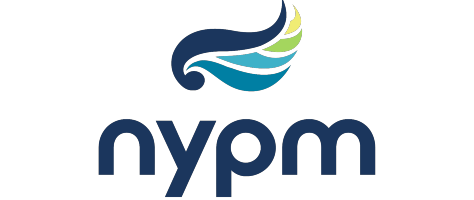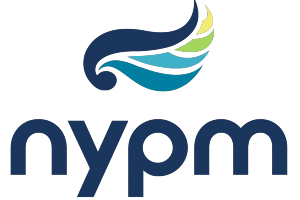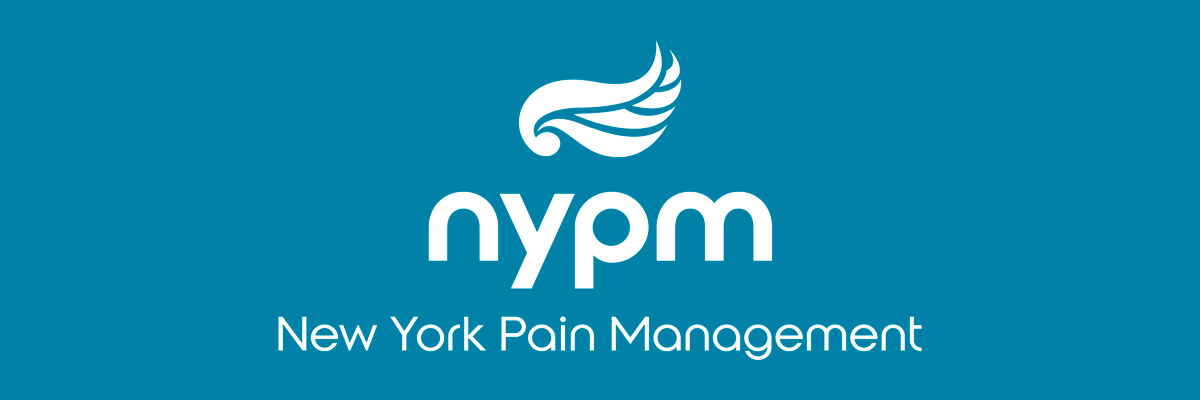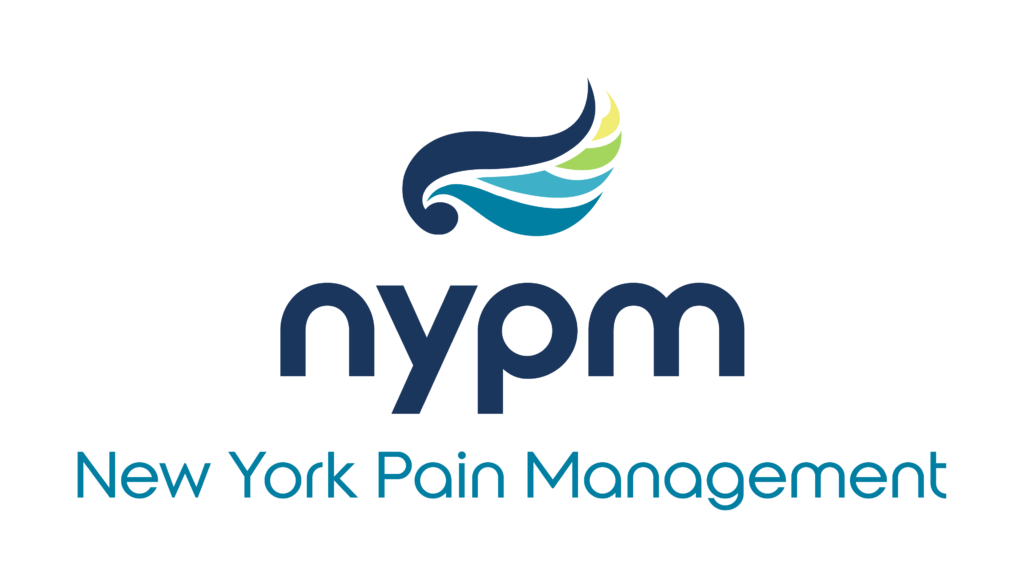Acupuncture and Integrative Medicine
I had the pleasure of returning to Shanghai recently, on a physician exchange program, to learn and study from pain physicians at the main city hospital and medical university. As the landscape of China itself has changed dramatically over the last ten years since my last visit, with new towering skyscrapers abutting 500 year old pagodas, so too have Chinese medical practices. Now, state of-theart PET scanners and tiny endoscopic cameras share space with herbal pharmacies and acupuncturists along hospital corridors. What is most remarkable is that despite the rapid influx of complex technological equipment, it has not supplanted ancient Chinese healing modalities including acupuncture, meditation, and herbal remedies. If anything, acupuncture, herbal remedies, Chinese massage and other modalities play an increasingly important role in Chinese medicine. During my month long stay, it was not unusual for a patient suffering from back pain to leave a doctor’s office with a prescription for an MRI and the newest anti-inflammatories, as well as a prescription for acupuncture and herbal treatments. This integrative approach to medicine incorporates elements of complementary and alternative medicine into comprehensive treatment plans along with orthodox methods of diagnosis and treatment. I found this model of healthcare is widespread in China and is becoming increasingly popular in the United States as well.
A 2007 study by the NIH (National Institute of Health) and CDC (Centers for Disease Control) showed that greater than 40% of all patients have tried some form of alternative or complementary medicine in the last year and that greater than 40 billion dollars are spent annually on alternative and complementary treatments. The popularity of alternative treatments is easy to understand. As medical students, our textbooks focused on disease diagnosis and treatment. However, patients, unlike diseases, ask challenging questions and present challenging issues. Patients have their own needs and priorities beyond treating disease including improved quality of life and exploring drug, and surgery, free approaches for their problems. By offering complementary approaches such as acupuncture and a host of other modalities in conjunction with the most advanced pain management options at NY Pain Management, we are able to fulfill this integrative model. We can shift the focus from the disease to the patient and multiply the number of strategies available to treat pain. An integrative approach provides increased options, symptomatic assistance, and hope to those in pain and suffering. In the upcoming months, we will talk more about specific complementary treatments including acupuncture and how it can help with pain as well as a host of other ailments.




